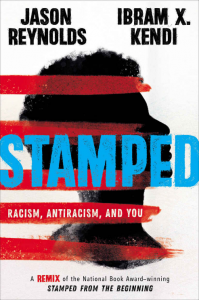 We are thrilled that teachers across the country are meeting, collaborating, and building curriculum based on Stamped: Racism, Antiracism, and You, by Jason Reynolds and Ibram X. Kendi. This YA book is based on Kendi’s 2016 Stamped from the Beginning.
We are thrilled that teachers across the country are meeting, collaborating, and building curriculum based on Stamped: Racism, Antiracism, and You, by Jason Reynolds and Ibram X. Kendi. This YA book is based on Kendi’s 2016 Stamped from the Beginning.
Both books center the lives of key individuals to help readers sort out both the origins of racist ideas and to differentiate between segregationist, assimilationist, and antiracist positions. These individuals — Cotton Mather, Thomas Jefferson, William Lloyd Garrison, W. E. B. Du Bois, and Angela Davis — offer examples that we’re happy students will encounter in the project of antiracist education.
We hope educators supplement these texts with an equally rich people’s history of racism and antiracism. Toward that effort, we have suggested lessons that complement key chapters and moments in Reynolds’ and Kendi’s Stamped. In most cases, we’d recommend doing these lessons before having students listen or read the chapter, since many of our activities leave the “what really happened” unanswered until the end.
| Prepare for these chapters… | … with these Zinn Education Project lessons |
| Chapter 3: A Different Adam |
A lesson on the countless colonial laws enacted to create division and inequality based on race. This helps students understand the origins of racism in the United States and who benefits. |
| Chapter 8: Jefferson’s Notes |
The U.S. Constitution endorsed slavery and favored the interests of the owning classes. What kind of Constitution would have resulted from founders who were representative of the entire country? That is the question addressed in this role play activity. |
| Chapter 9: Uplift Suasion |
Who Fought To End Slavery? Meet the Abolitionists This mixer role play introduces students to the stories of famous and lesser-known abolitionists, through biography and investigation. |
| Chapter 11: Mass Communication for Mass Emancipation |
Poetry of Defiance: How the Enslaved Resisted Through a mixer activity, students encounter how enslaved people resisted the brutal exploitation of slavery. The lesson culminates in a collective class poem highlighting the defiance of the enslaved. |
| Chapter 12: Uncle Tom |
‘If There Is No Struggle…’: Teaching a People’s History of the Abolition Movement In this role play, students become American Anti-Slavery Society members, facing many of the real challenges to ending slavery faced by actual abolitionists. |
| Chapter 13: Complicated Abe |
Students explore some of the myths of the Civil War through examining excerpts from Lincoln’s first inaugural address, the rarely mentioned original Thirteenth Amendment to the Constitution that Lincoln promised to support, and the Emancipation Proclamation. |
| Chapter 14: Garrison’s Last Stand |
This role play engages students in thinking about what freedpeople needed in order to achieve — and sustain — real freedom following the Civil War. It’s followed by a chapter from the book Freedom’s Unfinished Revolution. When the Impossible Suddenly Became Possible: A Reconstruction Mixer A mixer role play explores the connections between different social movements during Reconstruction. |
| Chapter 18: The Mission Is in the Name |
Burned Out of Homes and History: Unearthing the Silenced Voices of the Tulsa Massacre Teaching about racist patterns of murder, theft, displacement, and wealth inequality through the 1921 Tulsa Massacre. |
| Chapter 20: Home Is Where the Hatred Is |
How Red Lines Built White Wealth The mixer role play is based on Richard Rothstein’s The Color of Law, which shows in exacting detail how government policies segregated every major city in the United States with dire consequences for African Americans. Warriors Don’t Cry: Connecting History, Literature, and Our Lives Role play and writing activities for language arts and social studies on Brown v. Board and the Little Rock Nine. Designed for use with the memoir Warriors Don’t Cry. |
| Chapter 22: Black Power |
What We Don’t Learn About the Black Panther Party — but Should A mixer role play introduces students to the pivotal and largely untold history of the Black Panthers. ‘What We Want, What We Believe’: Teaching with the Black Panthers’ Ten Point Program How students can use the Black Panther Party’s Ten Point Program to assess issues in their own communities and to develop Ten Point Programs of their own. Available in Spanish. |
| Chapter 23: Murder Was the Case |
COINTELPRO: Teaching the FBI’s War on the Black Freedom Movement Through examining FBI documents, students learn the scope of the FBI’s COINTELPRO campaign to spy on, infiltrate, discredit, and disrupt all corners of the Black Freedom Movement. |
| Chapter 27: A Bill Too Many |
Testing, Tracking, and Toeing the Line A role play on the origins of the modern high school allows students to question aspects of schooling they often take for granted, such as tracking (“ability grouping”) and standardized testing — and to reflect on the racial biases of these so-called reforms. |
| Afterword |
How to Make Amends: A Lesson on Reparations Students meet dozens of advocates and recipients of reparations from a variety of historical eras to grapple with the possibility of reparations now and in the future. |

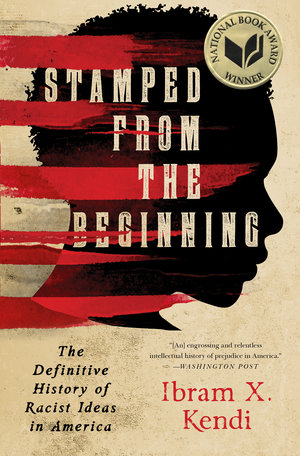
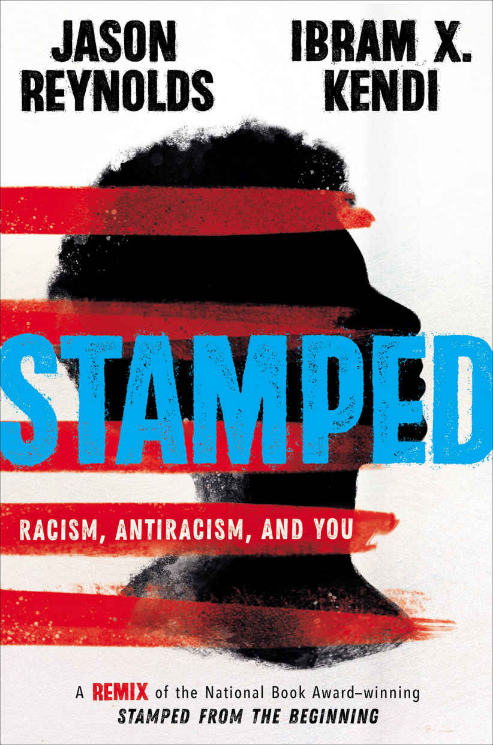
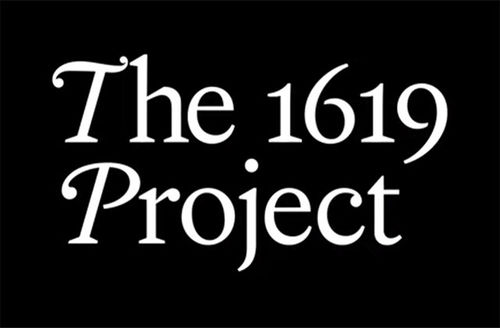
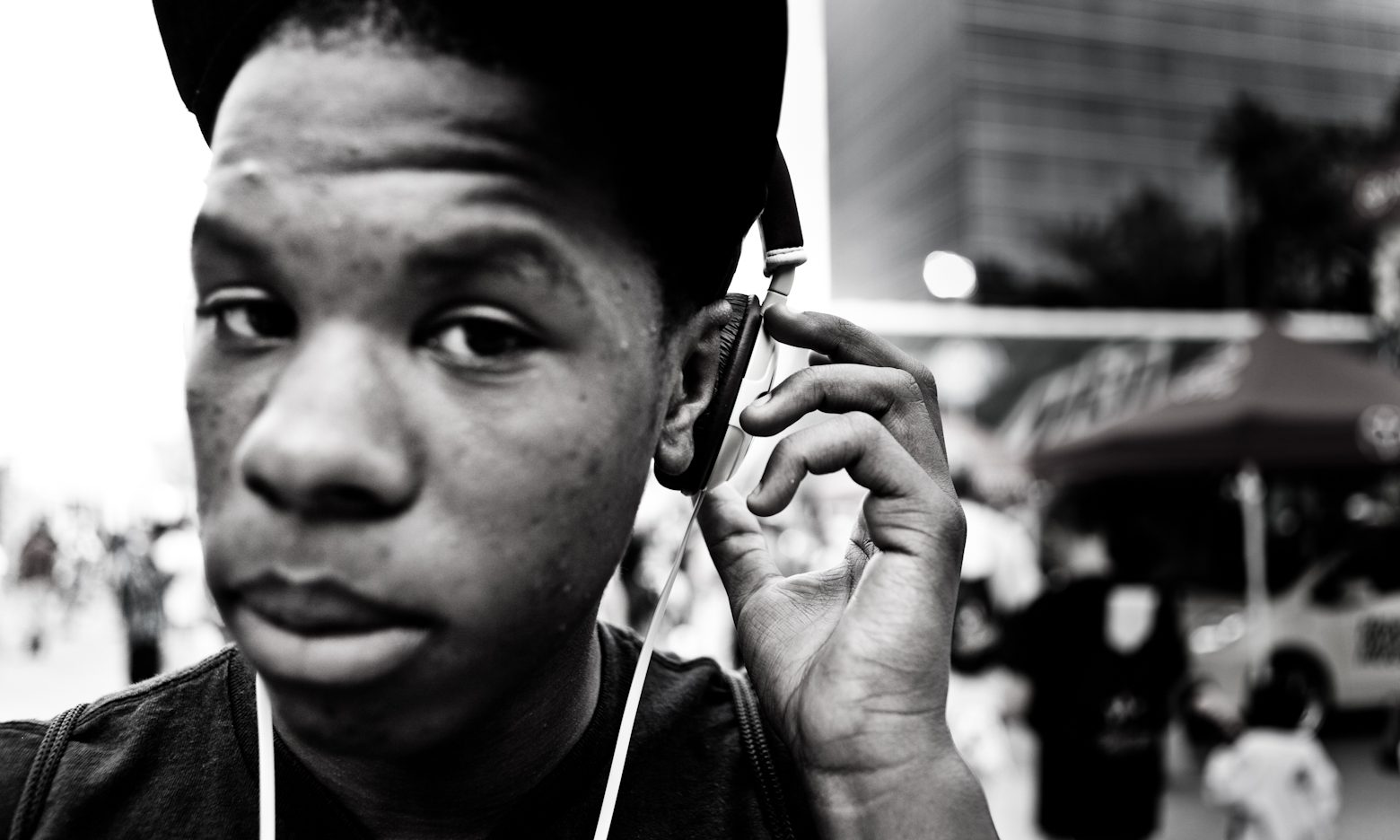





Twitter
Google plus
LinkedIn